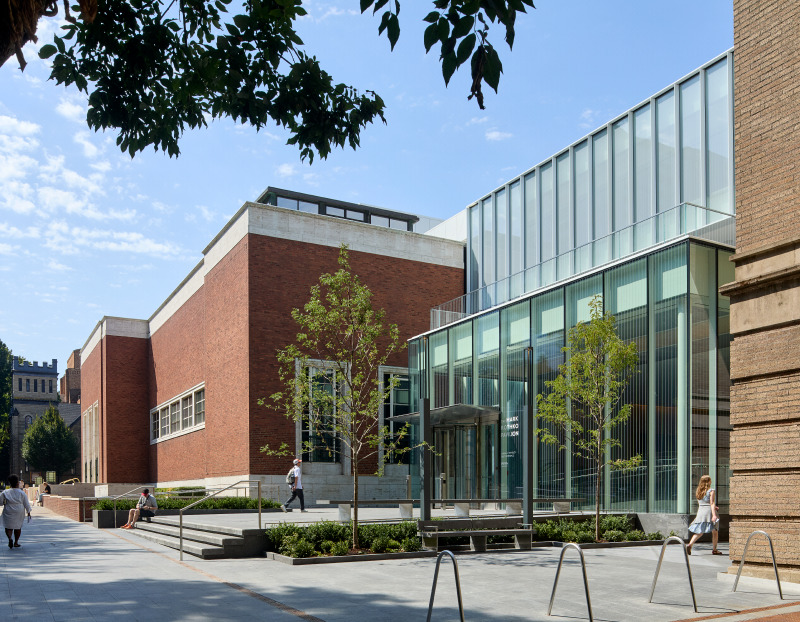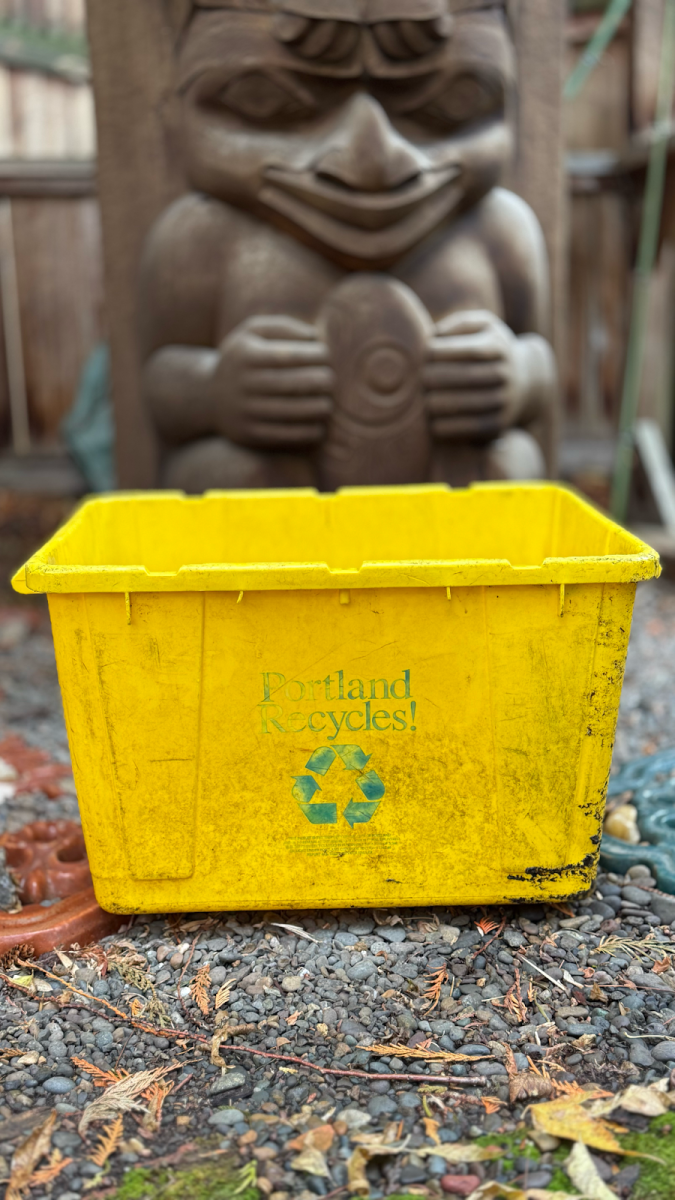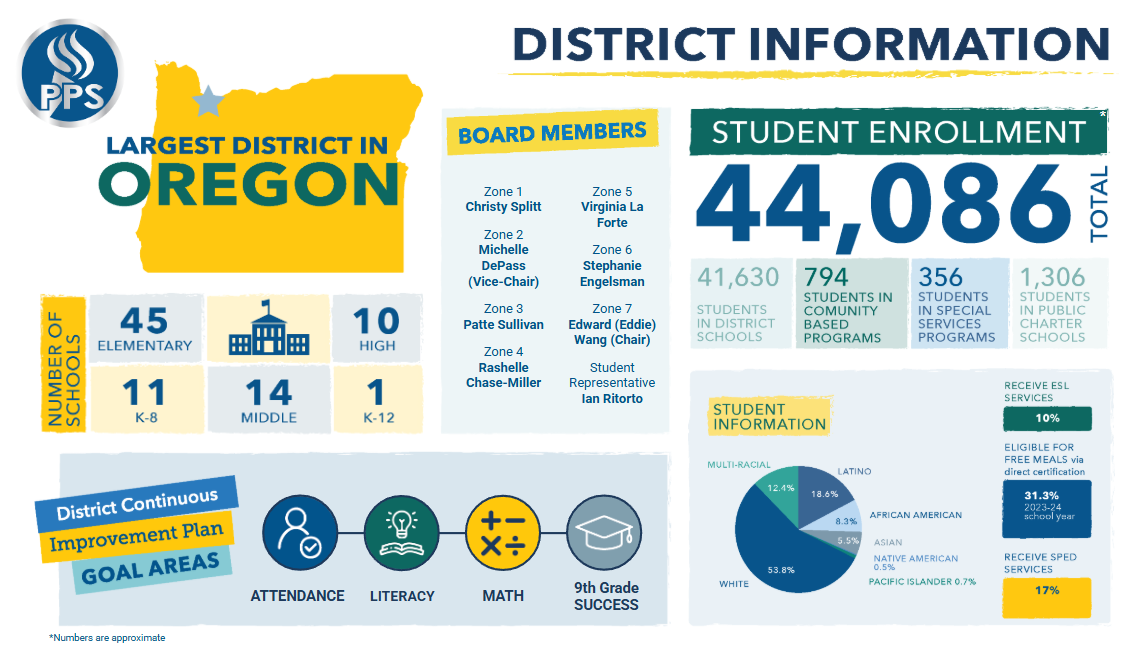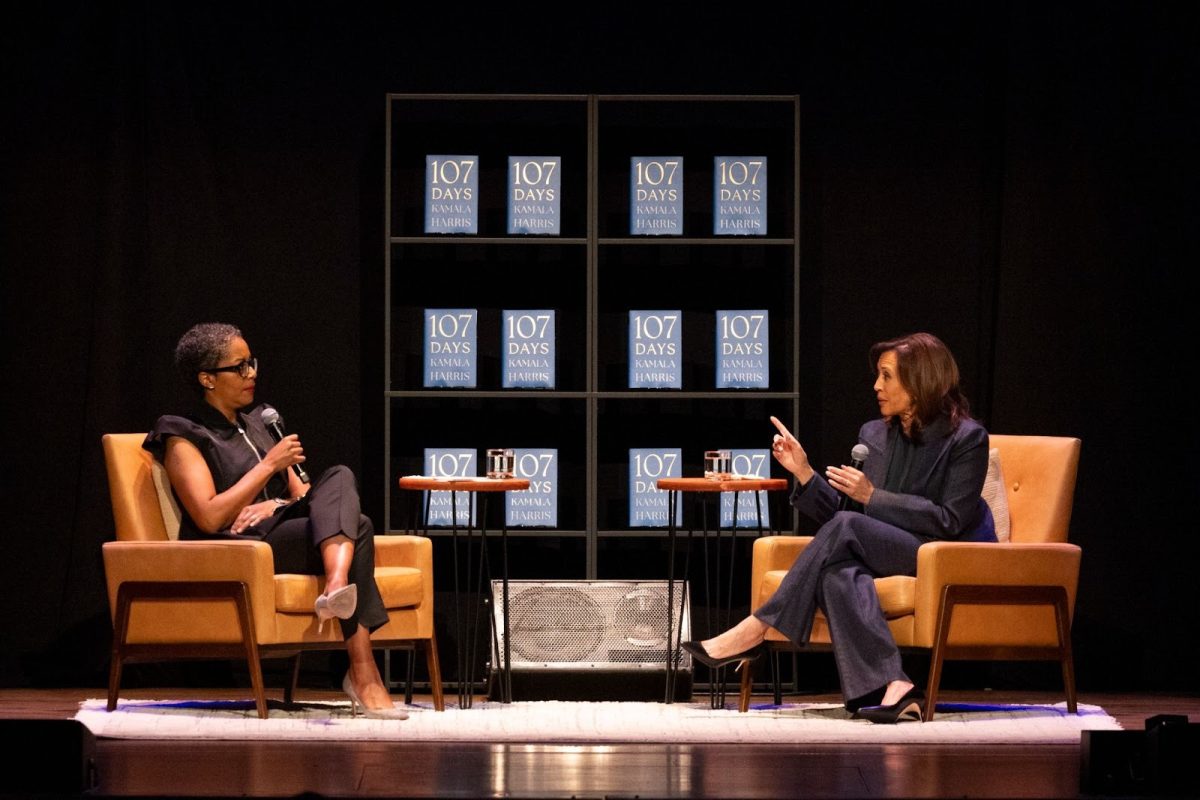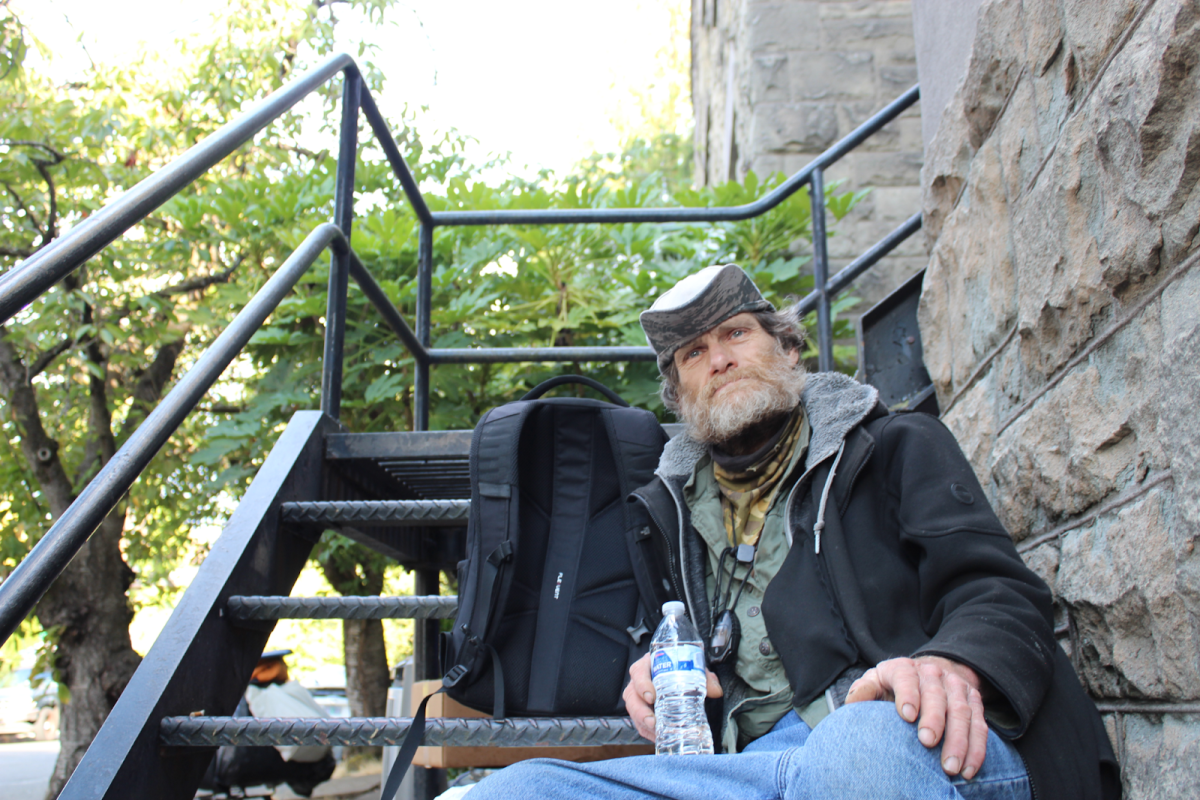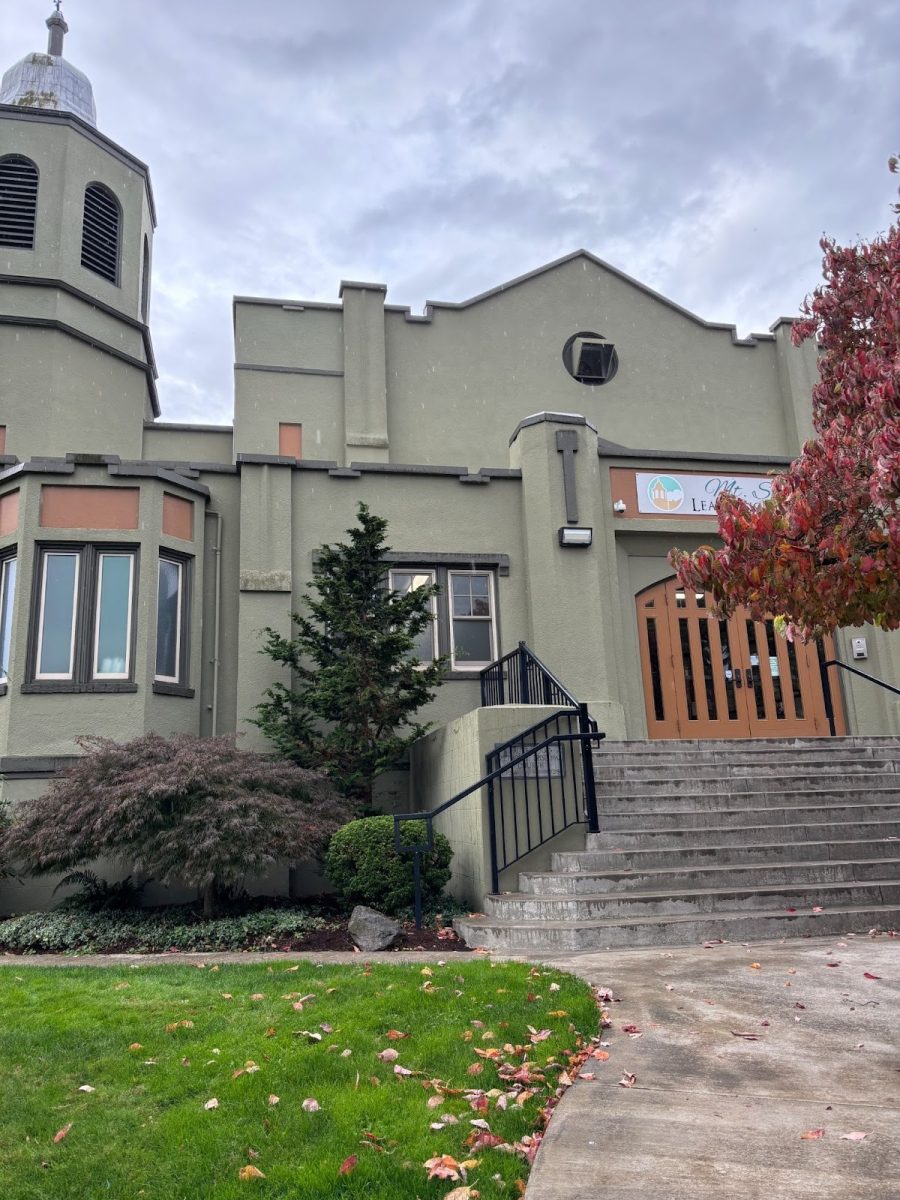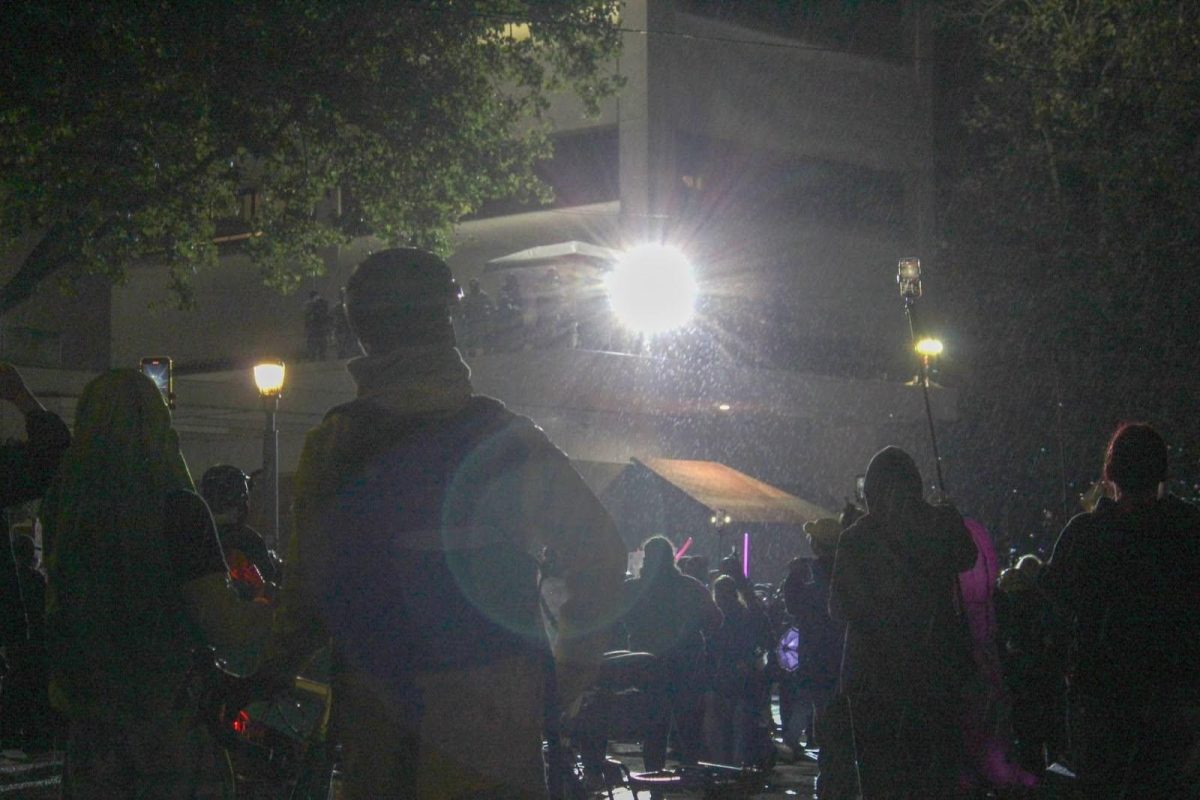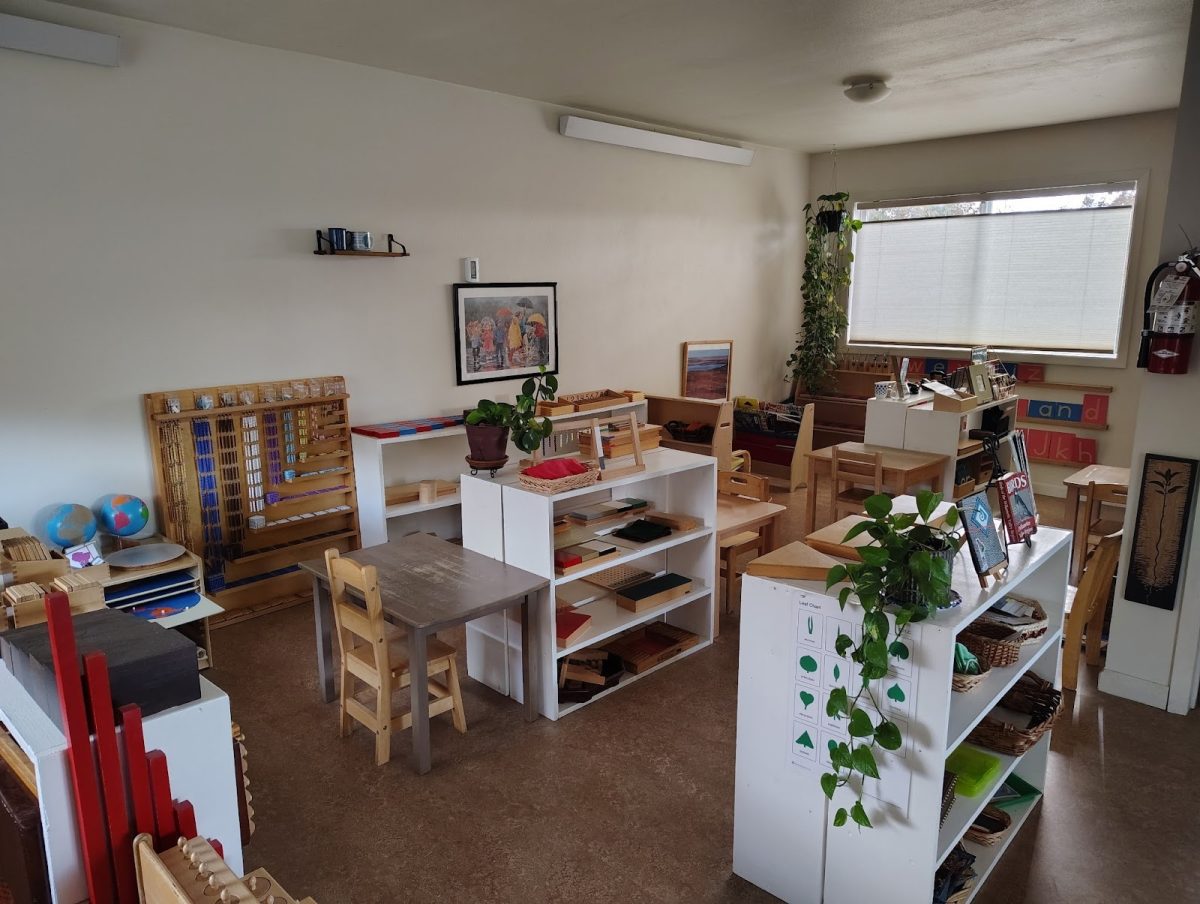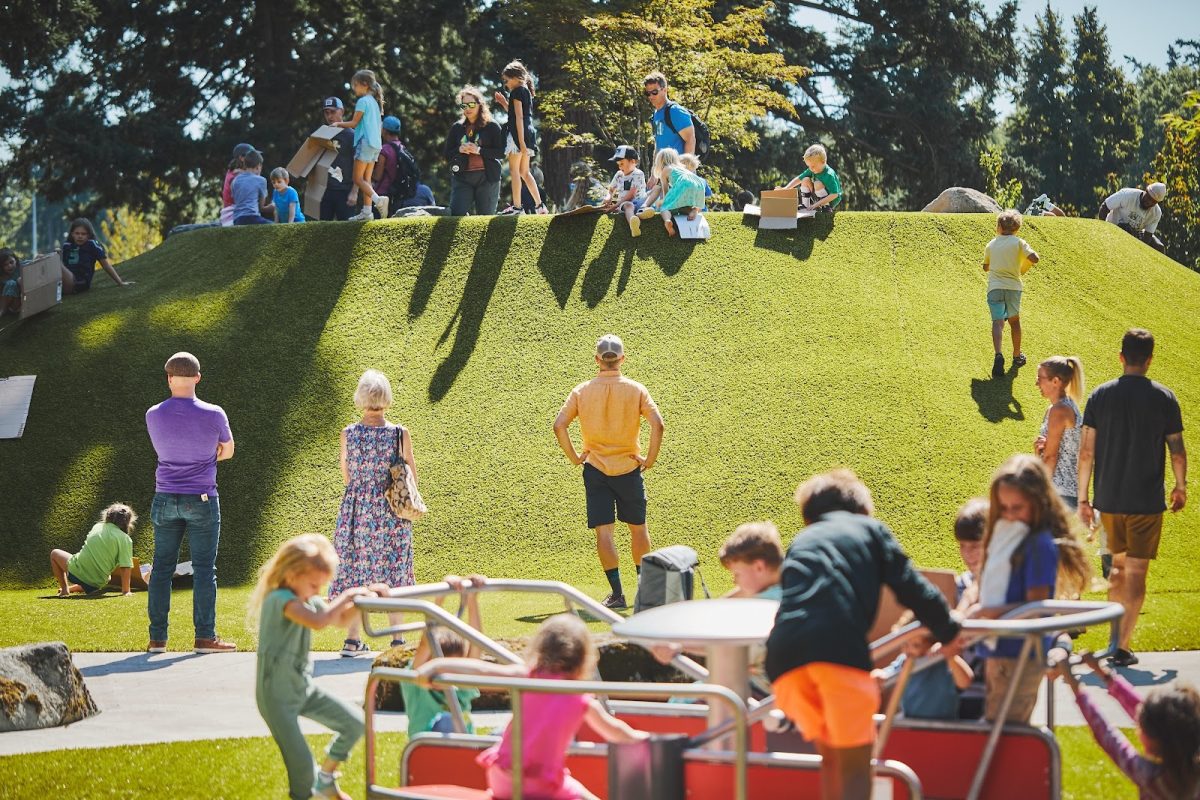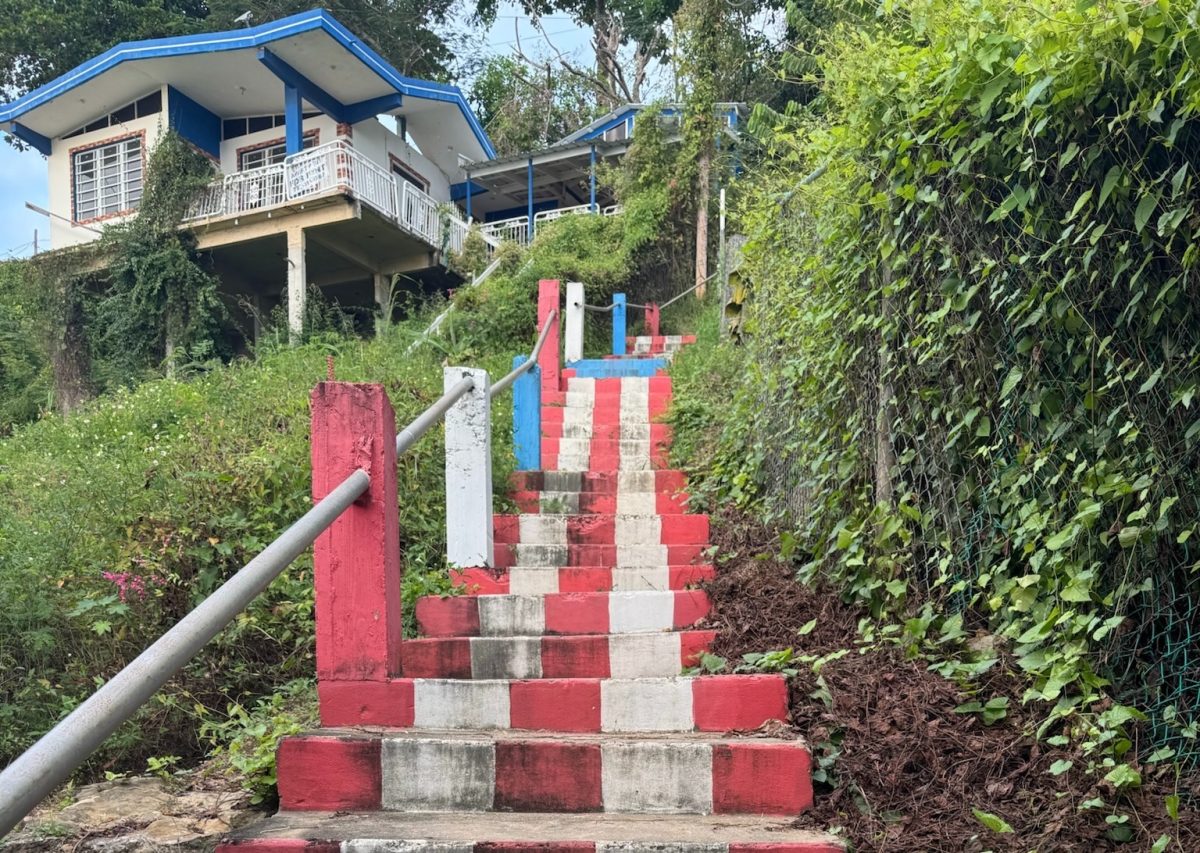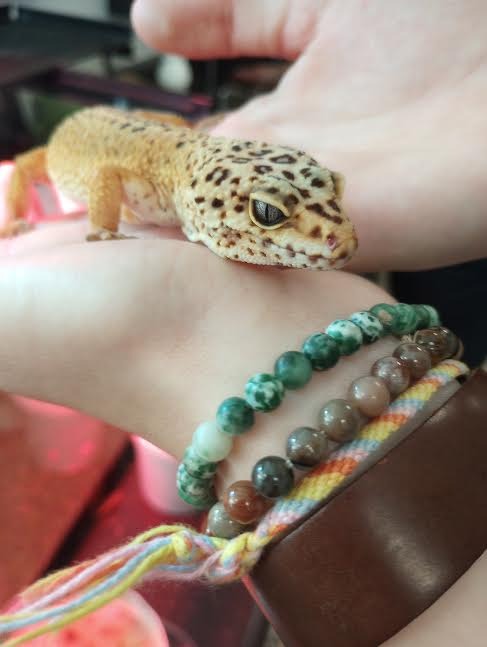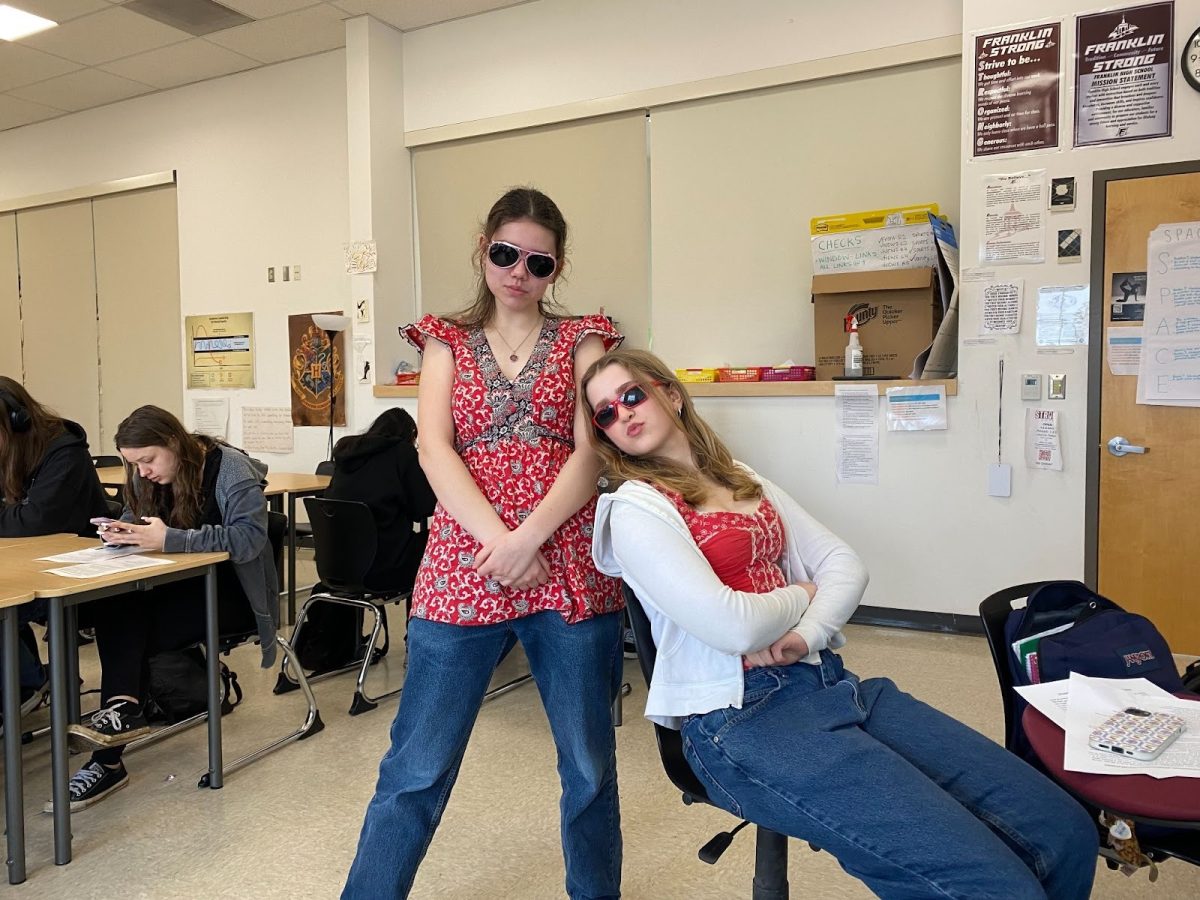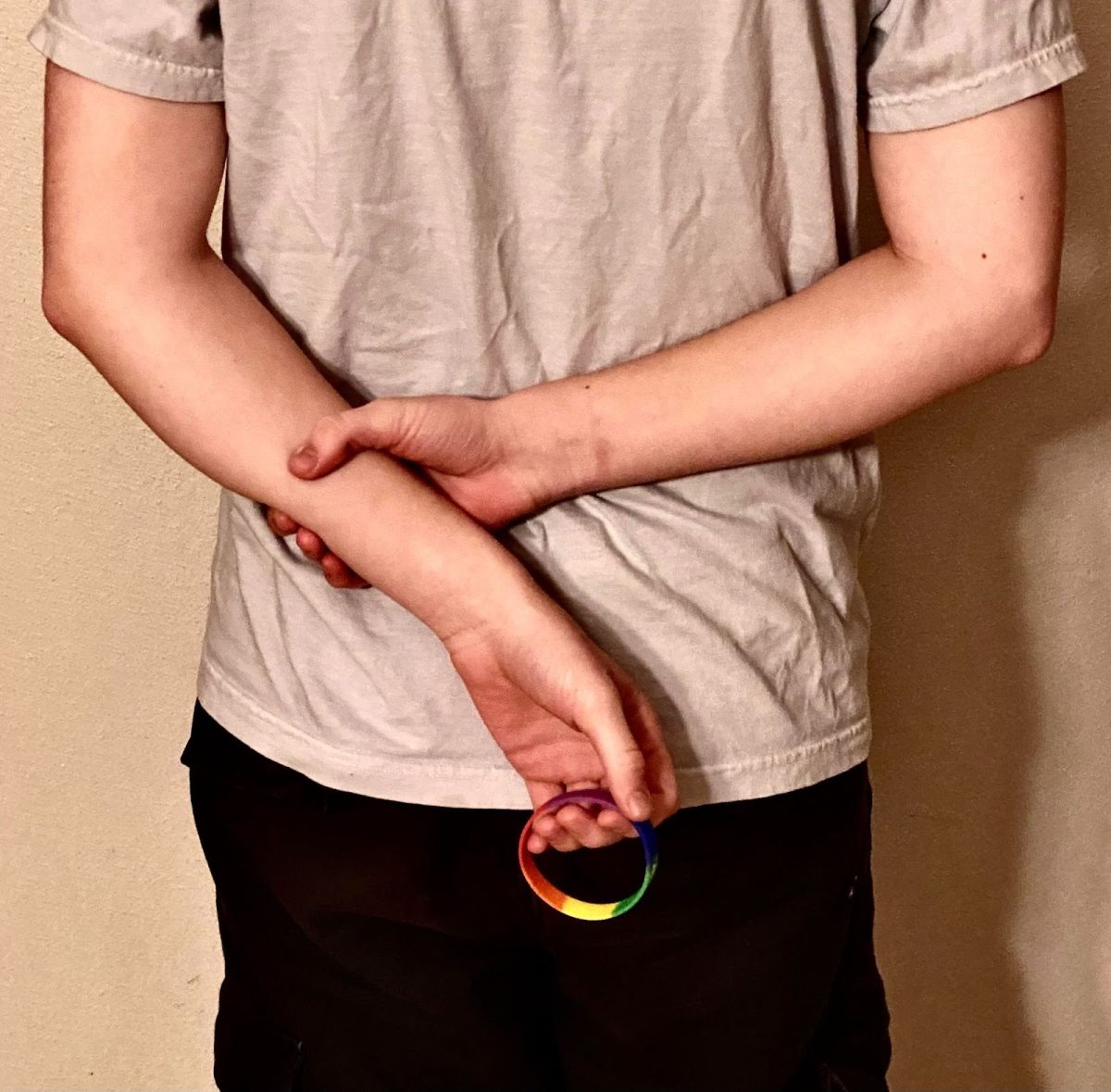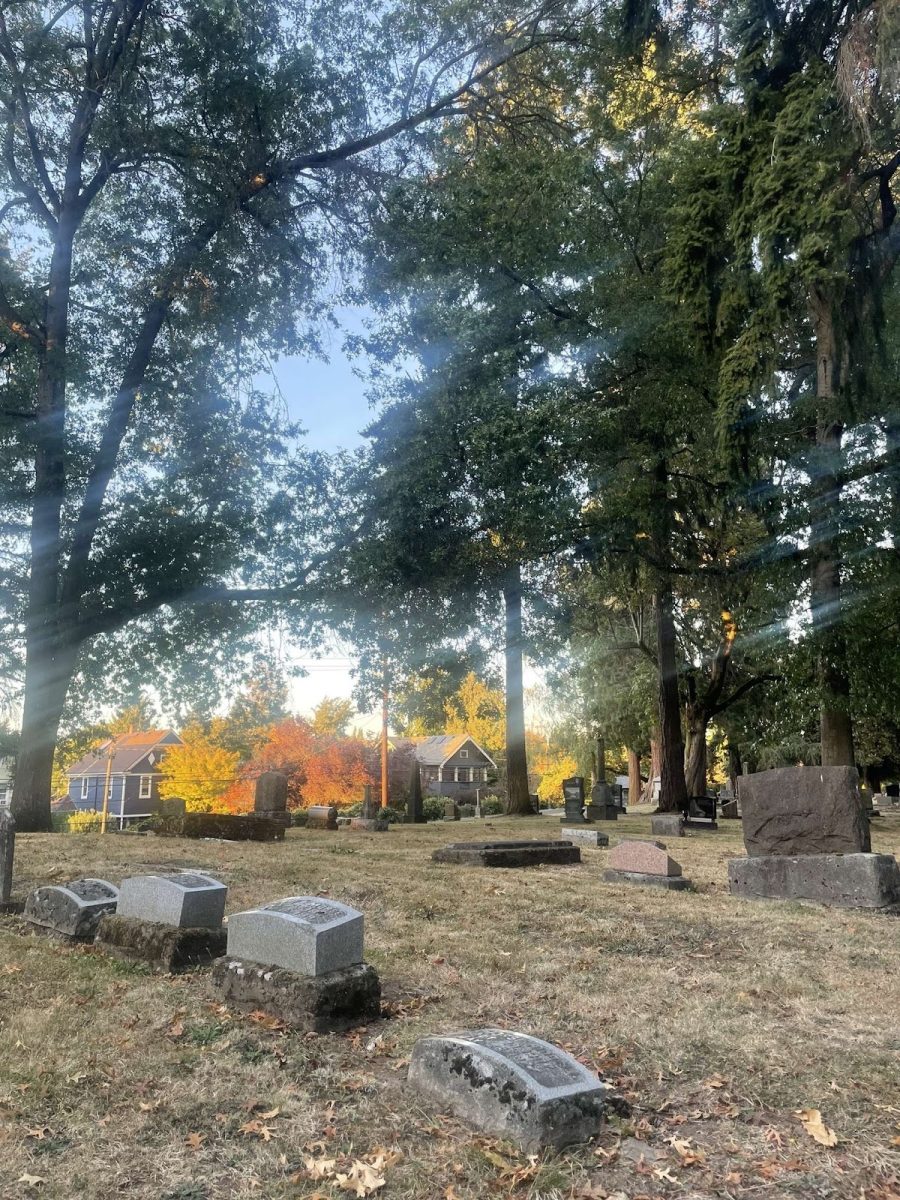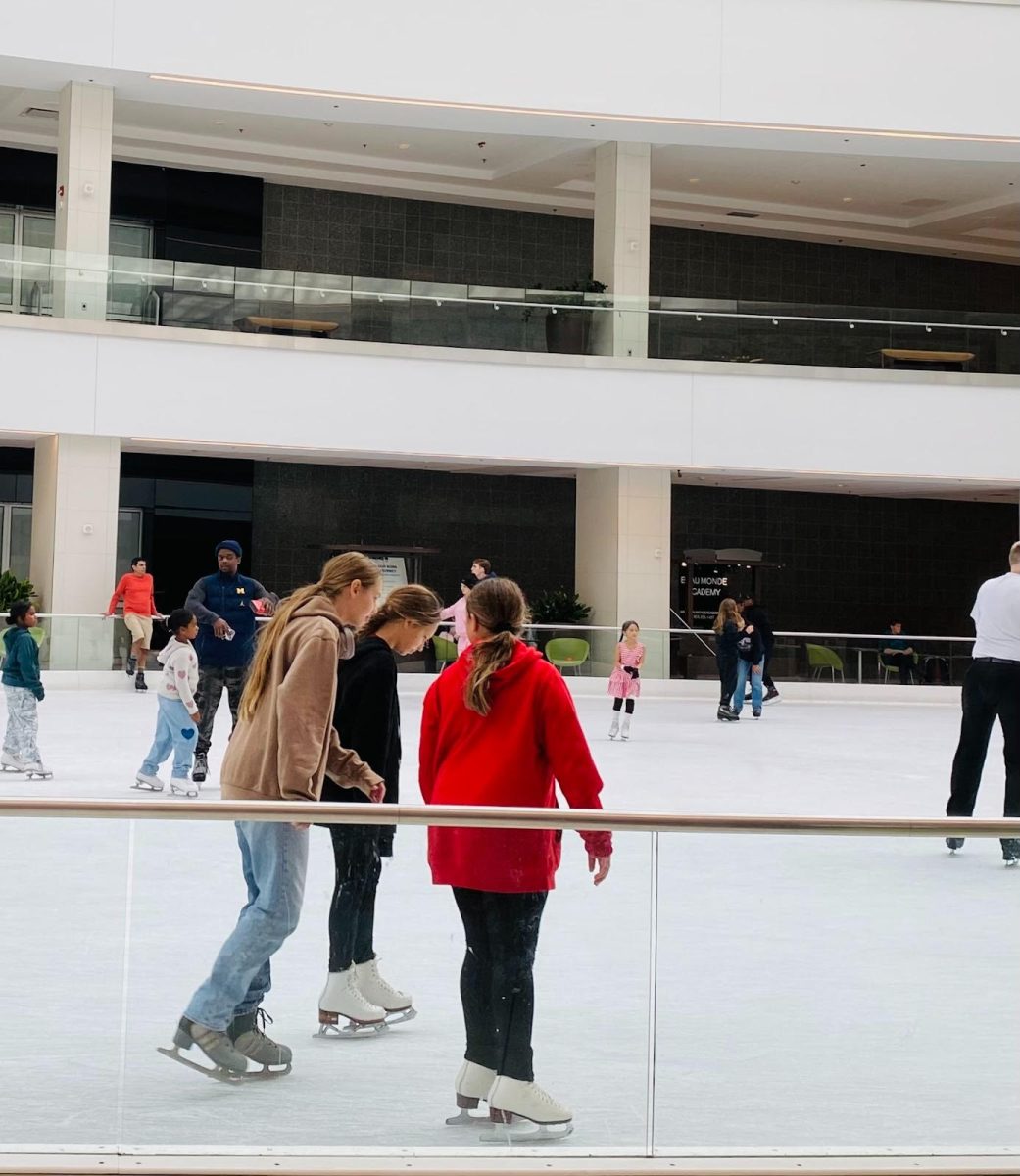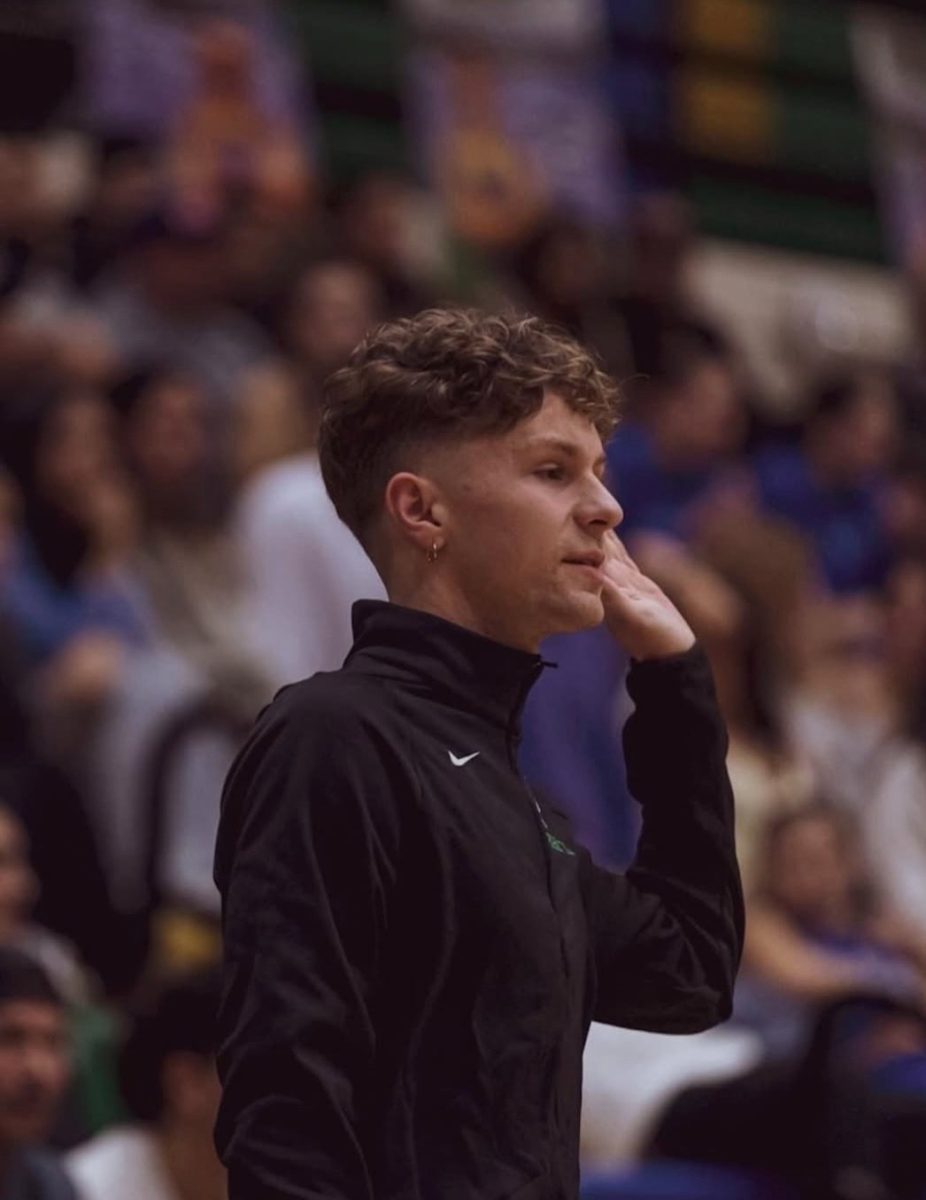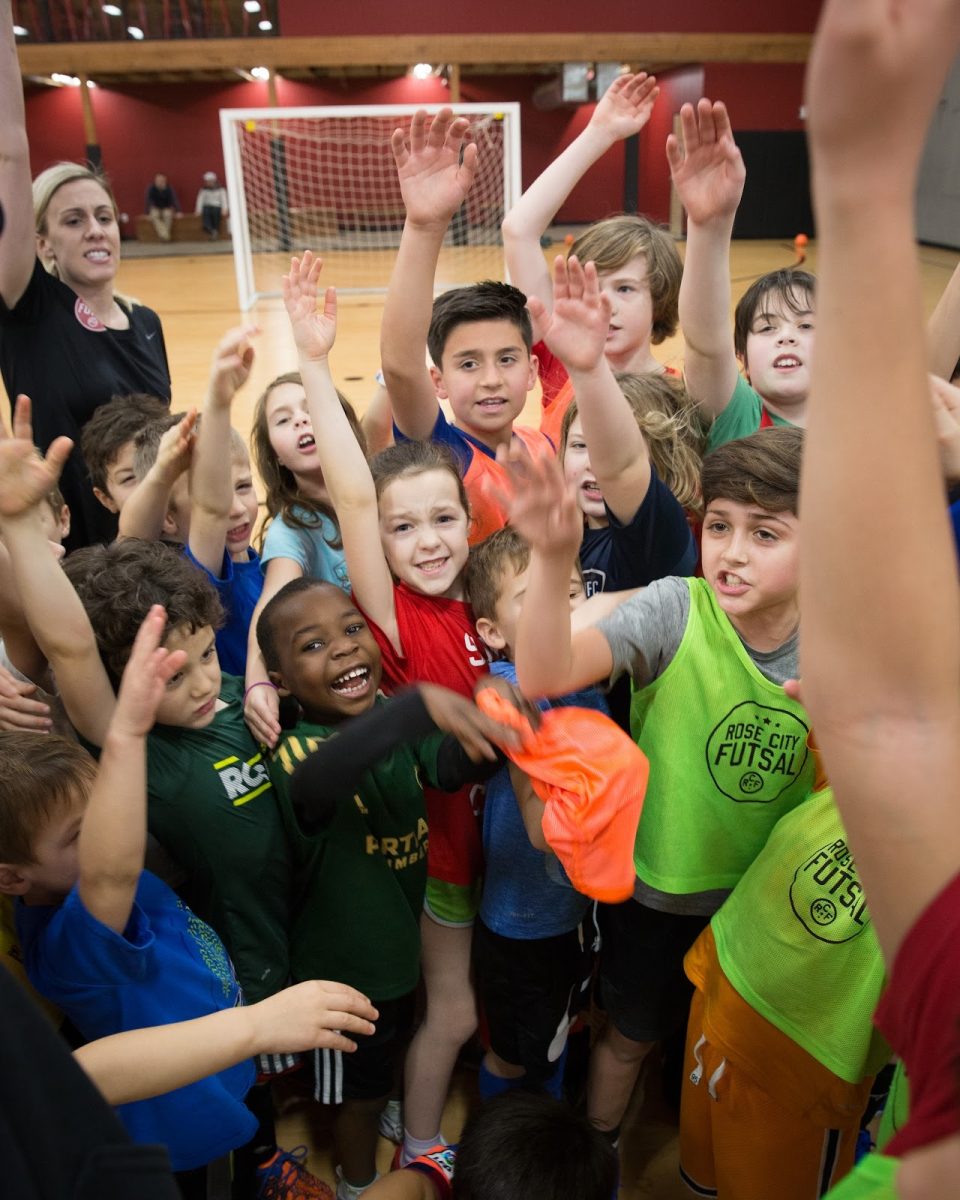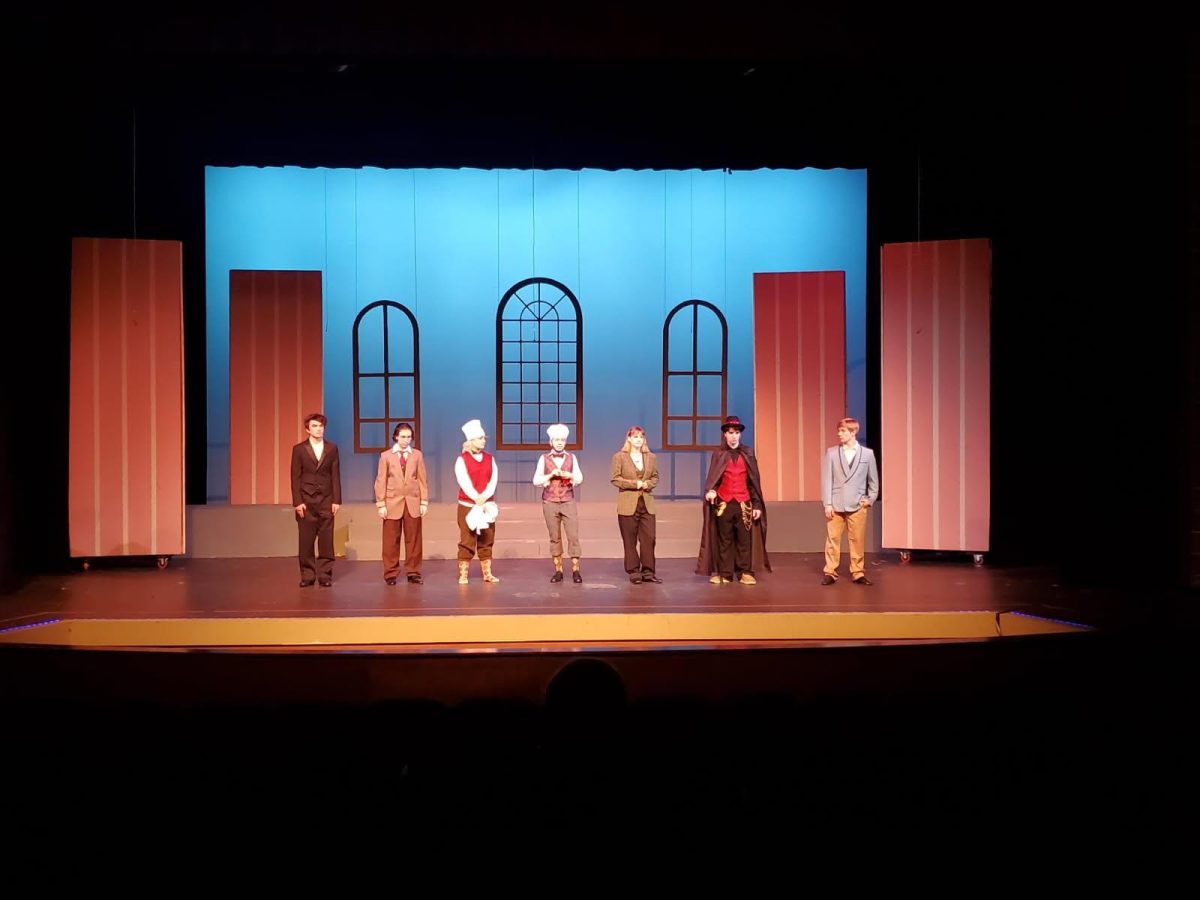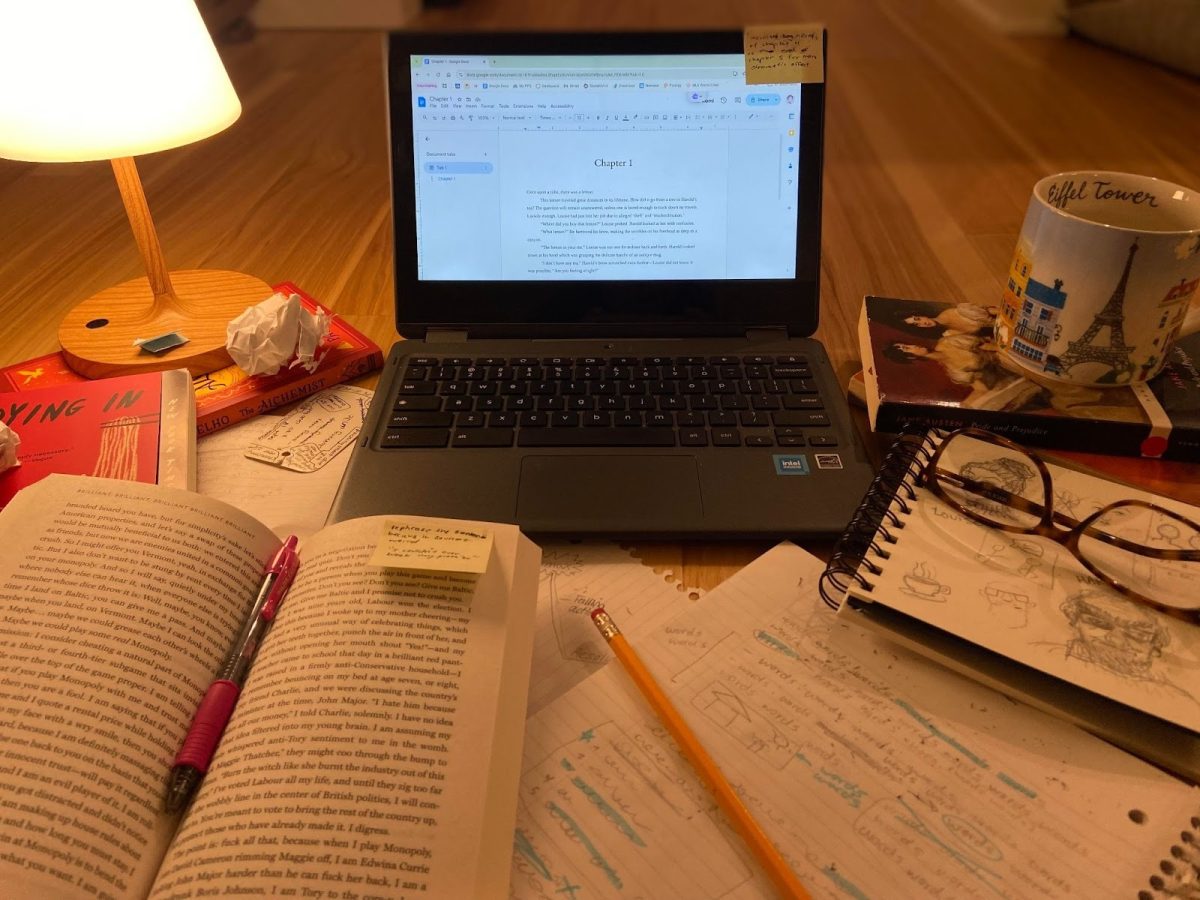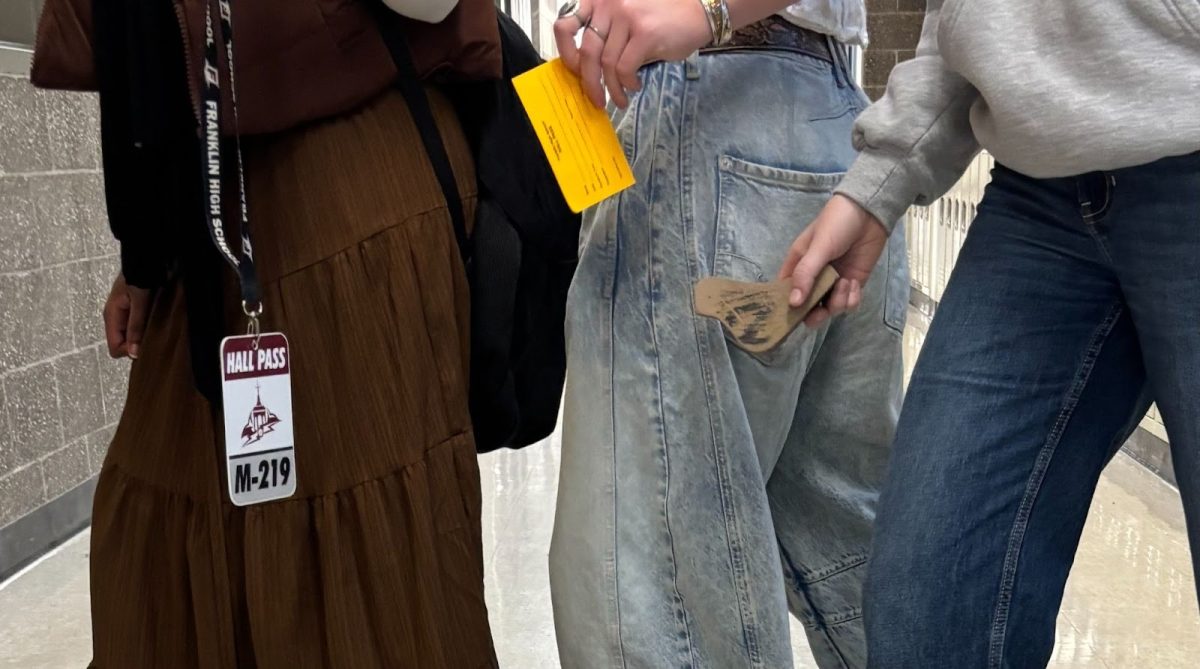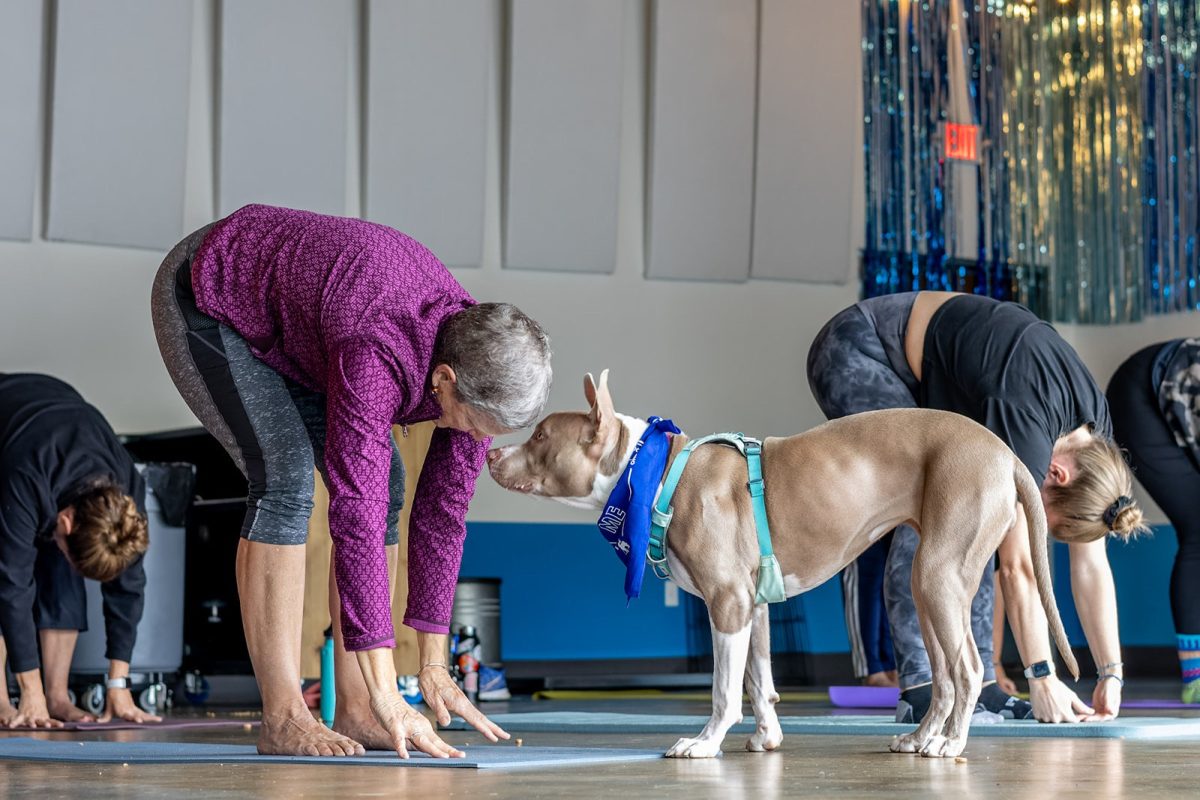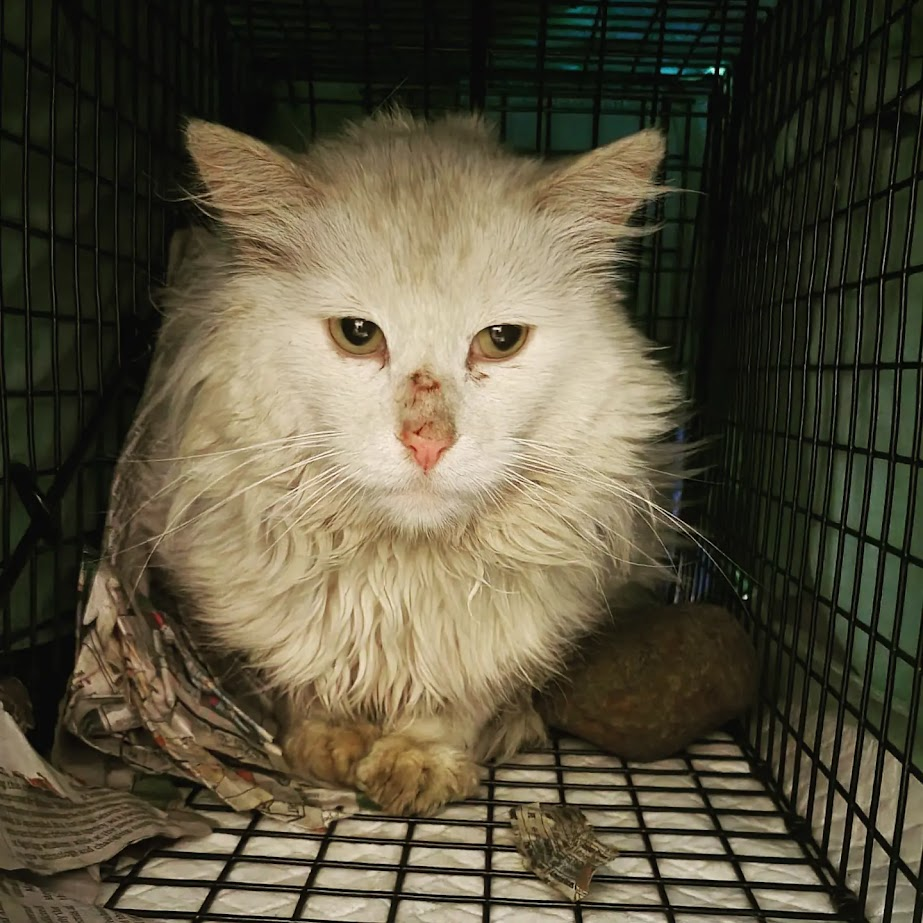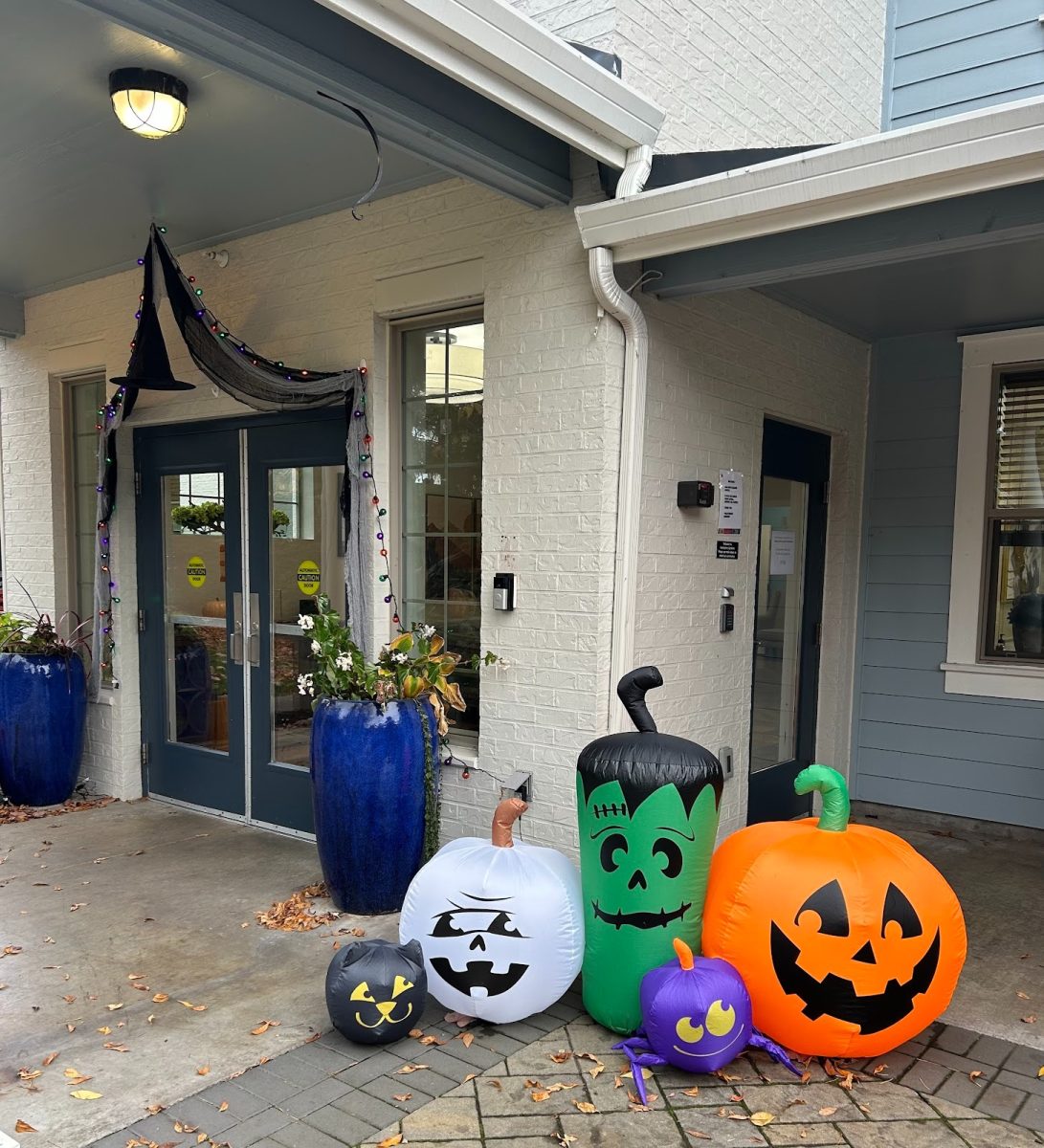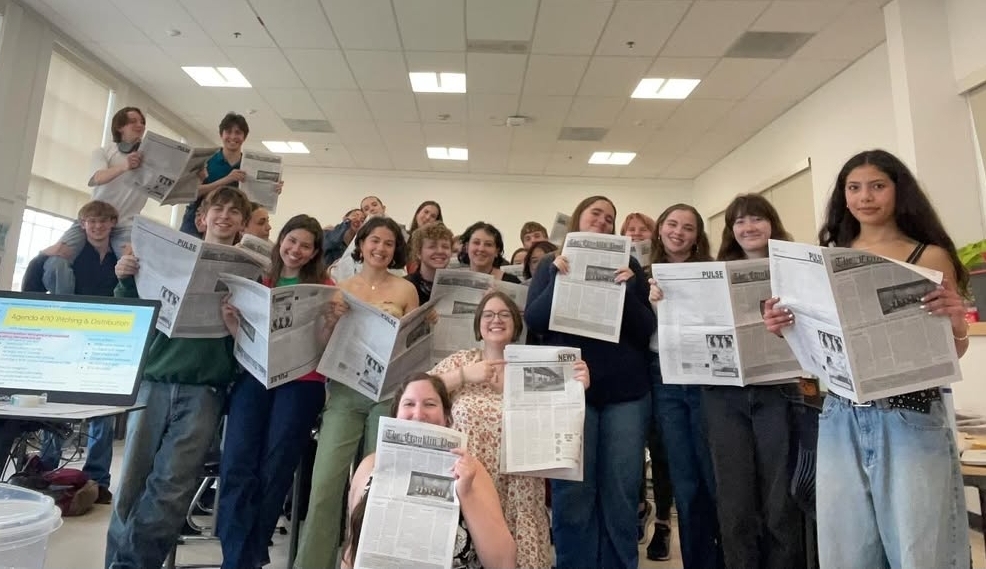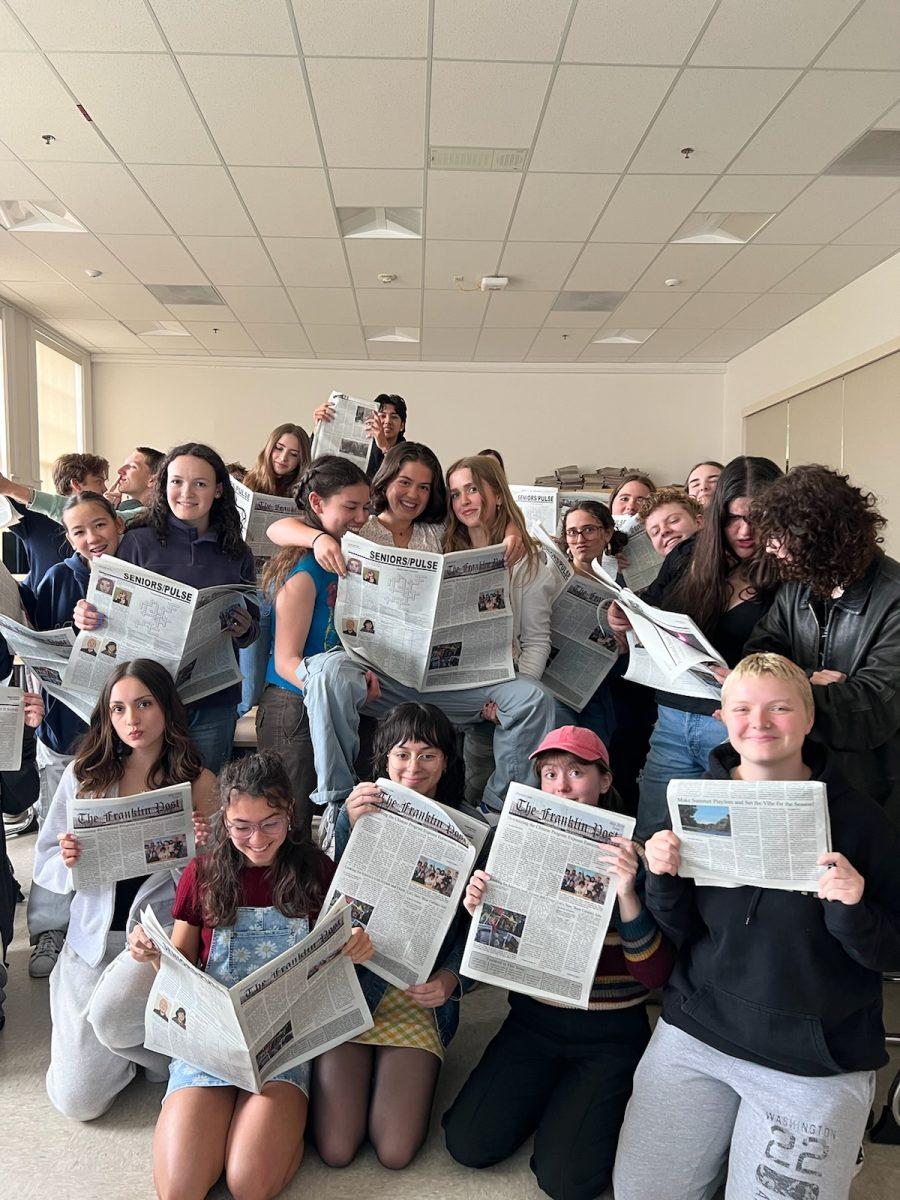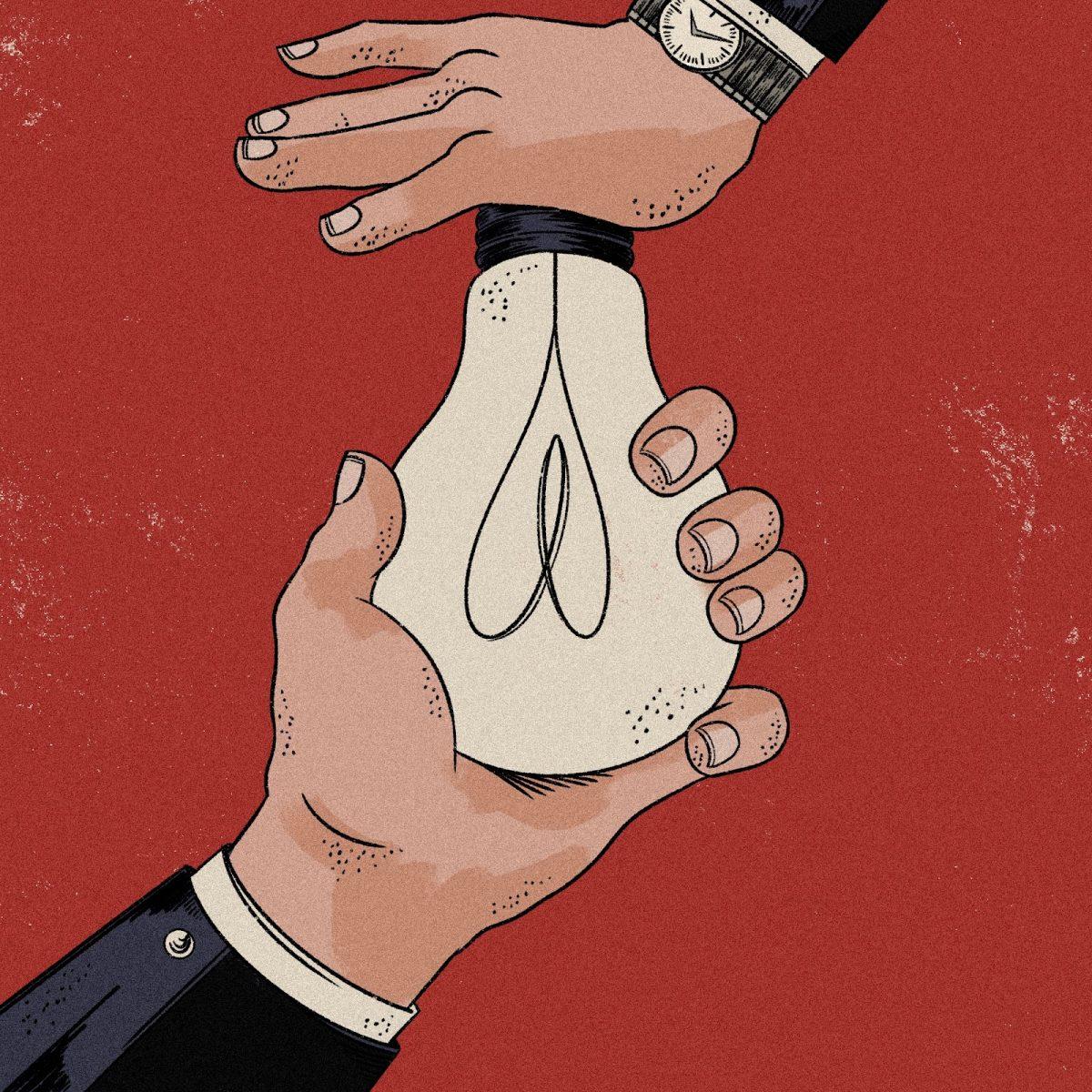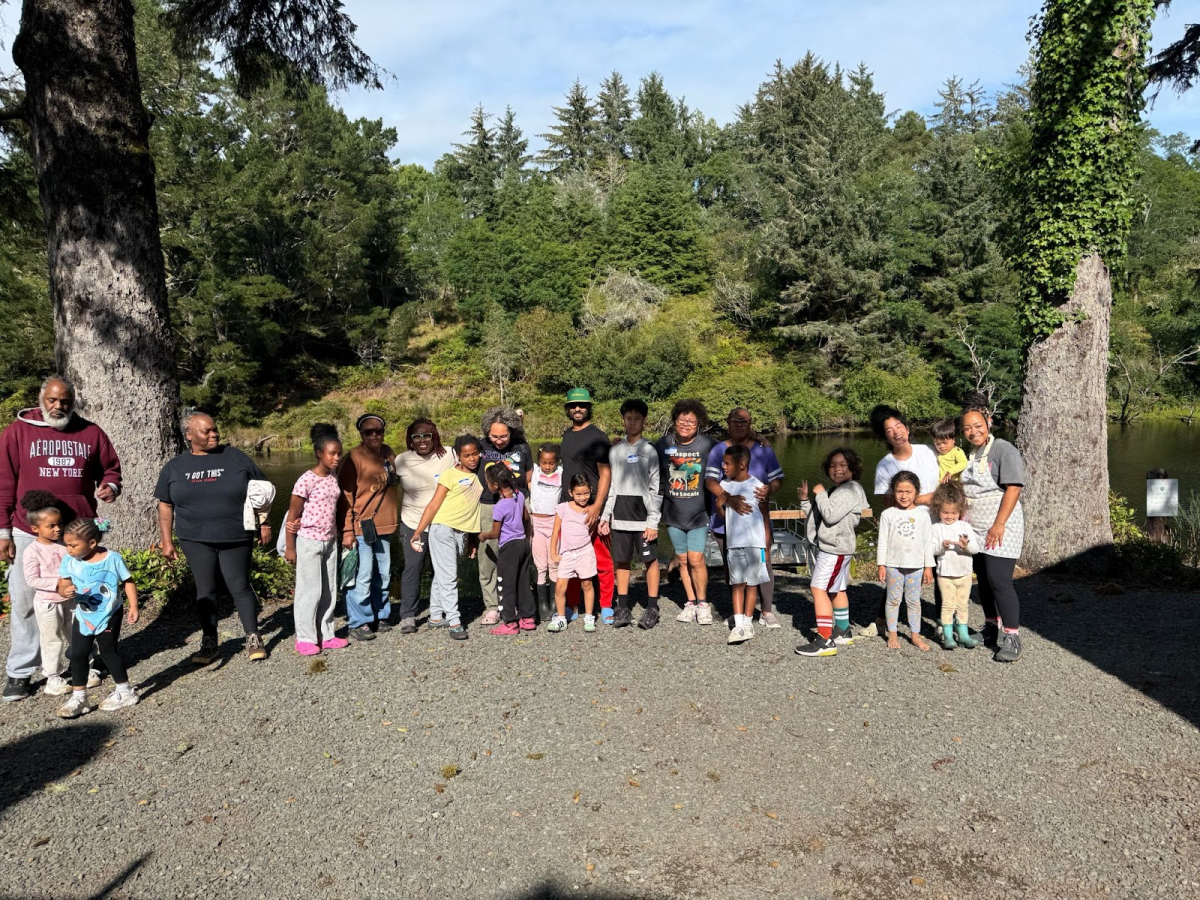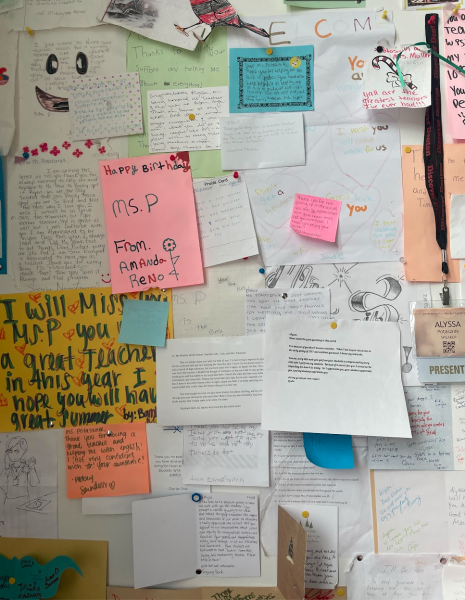
Special education support can provide diverse students with the help they need to be successful in school. Paraeducation, an essential education service, helps students who need personalized learning support. That support can vary, ranging from one-on-one paraeducator help for a student throughout all hours of the school day to support provided only during certain class periods or parts of the day. This level of support all depends on the needs of the individual student.
Reasons for needing a paraeducator are endless. For example, a student with a physical disability may need more support at school; a paraeducator can be there to complete certain physical tasks for them while also allowing the student to engage in school in a way that works best for them. “For the most part, [there are] a lot of students who need more time to get work done, [or] maybe they need things explained differently,” explains Anna York, a social studies teacher at Franklin and former special education (SPED) teacher.
York expands on how support has to be varied for each student. Because of this, York explains how special education teachers “find solutions to help the students be the most independent as possible, whatever that looks like for that student.” York explains that an example of this could be that when a student works with a paraeducator “maybe they will not have to write as much, such [as writing] paragraphs instead of full essays.”
Students or classrooms who could have the ability to have paraeducator support include: classes with behavioral management challenges, students in need of a translator, and students who need assistance with devices or health–related issues.
There are a lot of things that happen behind the scenes of a student accessing paraeducation, such as a case manager or special education teacher meeting with said student’s general education teachers and brainstorming how they can help that student. As such, collaboration between general education teachers and paraeducators is also necessary. Tips and tricks learned from paraeducators can ensure that students’ needs are met. Even if teachers are not interacting with students accessing paraeducator support, the ideas and information shared can be used for all students. In York’s eyes, paraeducators are the “glue that holds the [education] department together.”
An important role that paraeducators perform is helping all students access their general education classrooms. This is usually done by a paraeducator joining a group of students on their day-to-day activities. During this time, the paraeducator serves as someone who will watch to make sure these students are getting the most out of their in-class experience.
Alyssa Potasznik, a Learning Center teacher and SPED instructional team lead, shares her experience working in special education for 15 years. She originally went to college to be an attorney but quickly realized that that wasn’t the career path for her. She had “no idea what [she] wanted to do and so [she] got [her] teaching certification as a fallback option.”
Once she started working in special education, she knew this job was “made for [her].” She describes how she loves getting “to work with kids one-on-one.” Along with this, she loves how her job allows her to be creative and problem solve, with the fun moments making it enjoyable so that she “would not want to do anything else.”
Potasznik explains what it means to work in special education as being “fluid and changing depending on what a student might need.” Special education differs from traditional education greatly, with Potasznik saying, “Our job is essentially two jobs: teaching and case management.” The skills needed to be successful in this job are to have the ability to “pivot quickly, to be creative” and to be “incredibly organized” — the latter needed due to the amount of legal paperwork involved. In the end, she also adds that the most important skill to have is a sense and humor and the ability to “love students [and] love working with them and [their] families.”
Theresa Demma, a former Franklin Learning Center case manager for special education, describes that special education can look like education that “encompasses many skills that understand compassion and understanding of how someone’s life experiences can have an impact on one’s education.” With her experiences in special education she mentions that “[s]pecial education is juggling a lot of different roles. You are academic and behavioral support.” The range in their roles is heightened as the purpose of special education is to support both that particular student and their family.
When asked in which ways teachers and students can collaborate with special education professionals, Demma responded, “Teachers can be familiar with students’ [Individualized Education Plans] (IEPs) within the school system and implement modifications and accommodations effectively in their classrooms.” A student who has an IEP should, as Demma recommends, “be familiar with language and be present in meetings that are held annually.” It’s important for a student to be involved in information regarding their education, so students can advocate for themselves and their plans.
Potasznik also stresses that it is “super important that [special education teachers] have really strong communication and collaboration, both with the teachers [they] co–teach with and all of [their] students’ teachers because [they] support them in those classes and their input is vital.”
Potasznik concludes, “Everyone benefits from special education, regardless of whether or not they have a disability. We must take care to protect our systems and always be fighting to improve them.” There are many layers of student support at Franklin with special education teachers working to make sure these supports help all students. Paraeducators and special education instructors are vital to the learning and climate of our school.
